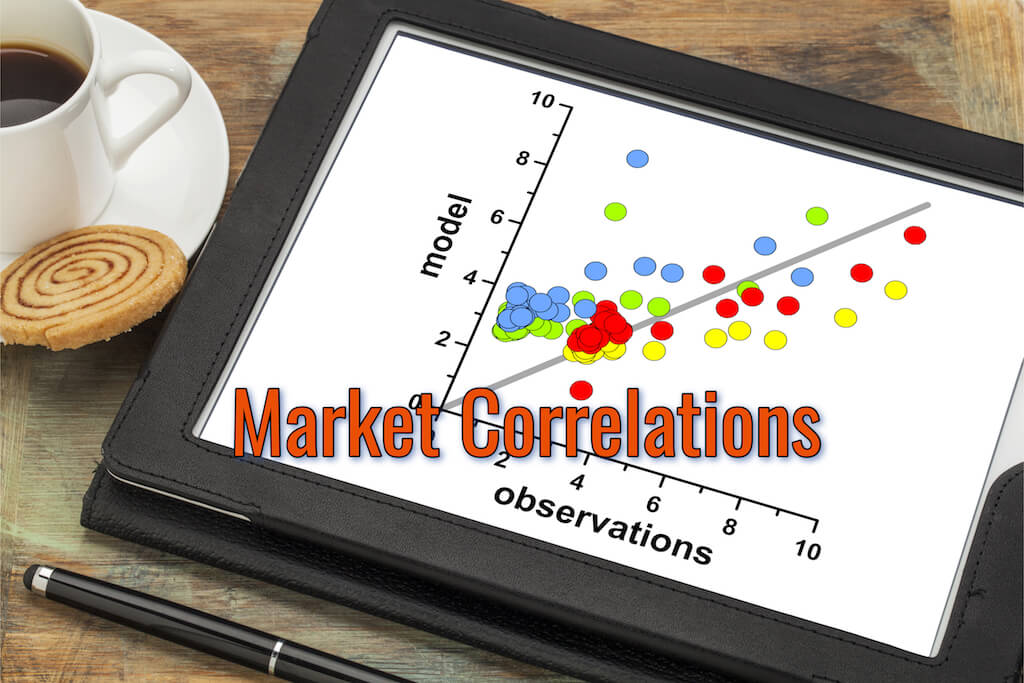Intermarket Analysis studies the correlation or relationship between different markets or assets. In this educational article, we will review how to apply the correlation analysis within the Elliott Wave Principle.
The basics
In financial markets, we use the correlation to measure the relationship between two or more assets. These assets can be from the same or different markets.
For example, we can analyze the relationship between a commodity and a currency pair. In the first figure, we observe the relationship between Crude Oil (NYMEX:CL) and the FX pair US Dollar – Canadian Dollar (USDCAD).
From the figure, we observe that Crude Oil holds an inverse relationship with USDCAD. It means that, if CL soars, the USDCAD should decrease, and vice-versa. This type of correlation is known as negative or inverse correlation.
In the contrarian case, when an asset moves in the same direction that the second one is known as positive or direct correlation.
The second key concept in the Intermarket analysis is convergence and divergence. In the same way that we use and identify divergences, or deviations, on technical indicators, we use it with correlations. Divergences allow us to foresee the exhaustion of a sequence.
From the figure one, we identified the divergence with the red arrow. In the example, we observe at the end of a wave, when Crude Oil soars, the Loonie decreases. In general, we find divergences when the fifth wave is in progress.
Putting all together
The next chart corresponds to the NASDAQ Biotechnology ETF (IBB) and the stock price chart of MERCK & Co. (MRK), in the weekly timeframe and log scale.
In this case, both assets belong to the same sector. Thus, we expect a positive correlation with each other. From the chart, we observe that IBB and MRK started a rally in the third quarter of 2009.
MRK looks like it’s near to end the bull trend; however, IBB unveils an incomplete bullish five-waves sequence.
Finally, please, note how the divergence appears at the end of the third wave on IBB, while MRK started the wave four.





